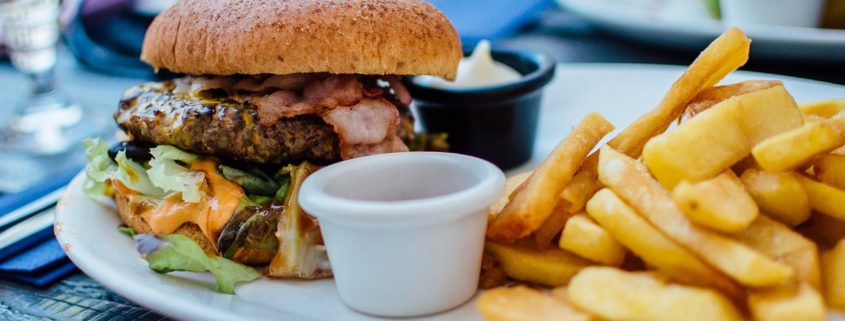Fine Dining vs Quick Dining from Miami Restaurant Group
There used to be a pretty clear-cut distinction between fine-dining restaurants and fast-food or quick-serve joints, but these days that’s no longer the case. A proliferation of “fast casual” and “fast fine dining” eateries are meeting the desire of more and more patrons for high-quality meals delivered with less formality and shorter wait-times than a traditional white-tablecloth establishment.
Here’s a closer look at the trend!
Fast Casual vs. Fast Fine Dining vs. Fine Casual
As this Upserve Restaurant Insider piece explains, there are two related expressions of the trend toward a speedier kind of food service and dining experience somewhere between fancy and fast food. Fast casual refers to restaurants offering healthier food with well-sourced ingredients (such as locally farm-sourced produce and meat) that’s often ordered at the counter, a la a fast-food place, but which will probably take slightly longer to come out of the kitchen.
Fast fine dining—also called “fine casual”—is a bit more toward the traditional fine-dining end of the spectrum, but still emphasizing quicker service, lower prices, and a slightly less rarefied atmosphere—and high-caliber ingredients. Often fast fine dining restaurants will be smaller than fast-casual ones, which are often part of a chain. This 2018 Skift Table article quotes a 60 Minutes interview in which restaurateur Danny Meyer—who founded the influential Shake Shack, considered one of the pioneering fast-casual chains—offered a concise definition of fast fine dining/fine casual: “Fine casual marries the ethos and taste level of fine dining with the fast food experience.”
It’s worth mentioning “fine-dining” food carts, too, which emerged with the food-truck/food-pod boom that began in the 2000s. These carts can serve impressively high-end fare in as casual a format as possible, with speed and affordability again part of the package.
On-the-Go Meals of Better Quality
As Upserve notes, the rising popularity and availability of fast-casual and fast fine-dining restaurants seem to at least partly stem from a millennial preference for on-the-go dining that nonetheless incorporates better-quality, healthier ingredients and a more thoughtful or thematic cuisine than old-school fast food. It’s a chance to enjoy pasture-raised meat, heirloom vegetables, and the like—the sort of ingredients typical at many modern fine-dining restaurants—without a dress code, a half-hour wait, and an intimidating bill,
Chefs, meanwhile, may appreciate the opportunity to ditch the somewhat stuffy conventions of fine dining/haute cuisine and try something more fun, more creative, and maybe more welcoming, too.
No matter what the terminology you use, there’s no question that fine dining and quick-serve dining are definitely cross-pollinating these days!




